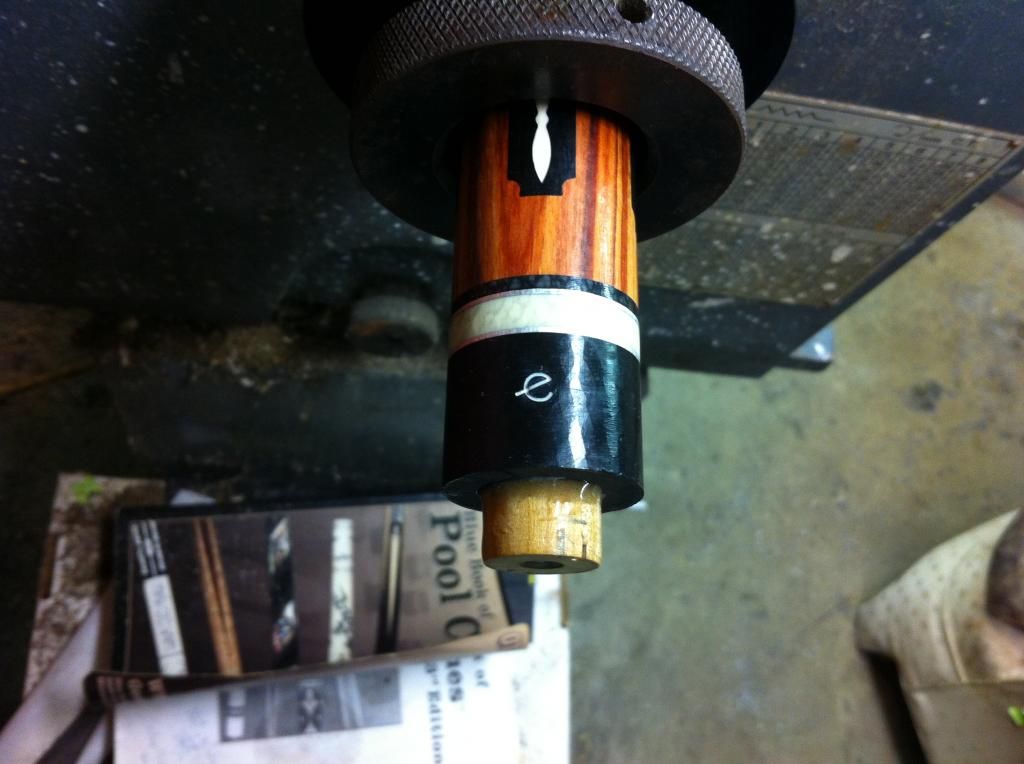You are using an out of date browser. It may not display this or other websites correctly.
You should upgrade or use an alternative browser.
You should upgrade or use an alternative browser.
Porper lathe rear chuck.
- Thread starter pampi
- Start date
What would be a good example to protect it sir?
Soft rubber mouse pad, leather, thin rubber backing or rubber O rings.
Good enough for tip work when holding a section of the joint end to prevent it from flopping or getting scratched.
But, if you are doing precision work like pin installation or shaft threading, you will need precise collets you make yourself on your lathe . You can use Delrin or UHMW for that.
Order an adjustable collet from Porper. Part # 2150 & 2151.
http://porper.com/index.cfm/fuseAct...a11c578bb-A2F20252-19B9-F805-2072D96C4C4087E1
http://porper.com/index.cfm/fuseAct...a11c578bb-A2F20252-19B9-F805-2072D96C4C4087E1
I go to ACE Hardware and buy clear flexible tubing. Cut a 1 inch piece and slice it down the side so it opens up. very inexpensive per foot and works good.
What would be a good example to protect it sir?
Hi,
I use a Unique Product Large ID chuck from my Cue Companion tip lathe thst I modified to fit the spindle bore on my metal lathe.
It opens from 1 3/8" down to about 10mm and uses tapered delrin spring loaded paw tapered split collet that requires no collets and does not harm the stock and holds straight or tapered contoured pieces perfectly. This is engineered for cue building specifically.
So I can mount a shaft or butt in either direction and it holds it perfect. The knurled chuck does not pose a spinning safety hazard also and it hand tightens without a chuck key. I would never think about using a different set up, it works perfect.
Rick


Last edited:
That's nice, Rick.